Unmanned Aircraft Systems (UAS) Research
- Autonomous Vehicles Home
- Unmanned Aircraft Systems (UAS)
- Connected Ground Vehicles (CGV)
- Advanced Air Mobility Test Facility
Here at the UNT College of Engineering, our research in unmanned aircraft systems spans across a wide array of disciplines and applications. With 14 faculty members leading 12 graduate students and nearly 40 undergraduate students, our research intersects the disciplines of electrical, mechanical, engineering technology, materials science, and both computer science and computer engineering. Our team's research is focused on:
- UAS Manufacturing and Materials Development
- UAS Modeling and Simulation
- UAS Air Platform and Morphing Structures
- UAS Propulsion & Power
- UAS Communications & Navigation
- UAS Signal and Image Processing, AI
- UAS Embedded Sensors, Failure and Design

Prototyping & Manufacturing
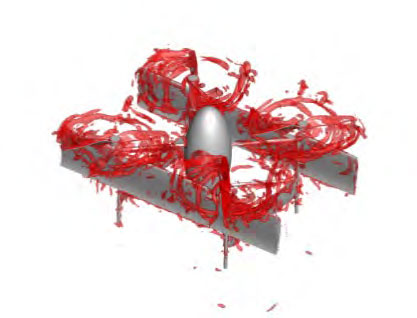
Design & simulations

Communications & controls

In-flight testing
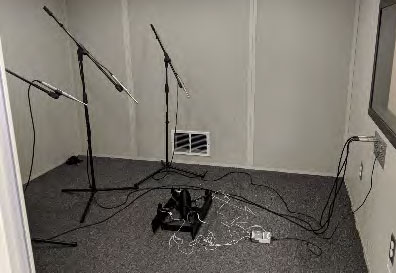
Acoustic & RF testing
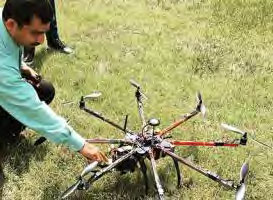
Ground testing
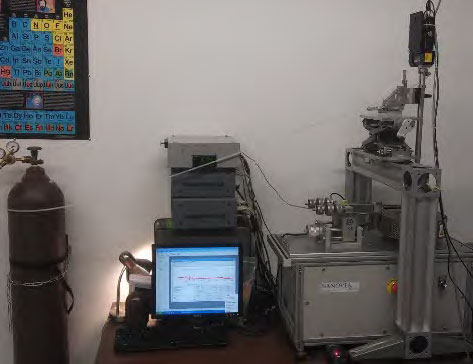
Engine wear & tribology
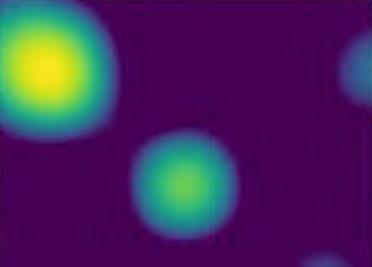
Noise mapping
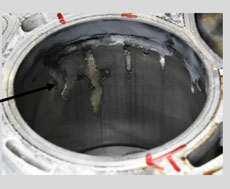
Surface engineering
UAS Research Expertise in College of Engineering
Thanks to funding from the Army Research Laboratory, National Science Foundation, and NASA and our industry partners, Bell and Tribologix, we're able to dedicate our expertise within the college to help with:
- UAS based quickly deployable networks for emergency responders communications (FEMA, …)
- UAS traffic management, communication, reliability and security
- Approaches for UAS flight safety navigation and controls with NASA, NSF
- Lightweight aerospace materials with embedded sensors
- Acoustic noise and imaging data processing
- Material and design approaches for aerospace propulsion reliability, energy loss reduction, energy and thermal management
- Cost effective manufacturing routes for UAS prototyping and making using Additive and Digital Manufacturing approaches.
- High-fidelity modeling of UAS flight dynamics using our in-house Computational Fluid Dynamics (CFD) solver and UNT high performance computing (HPC) center

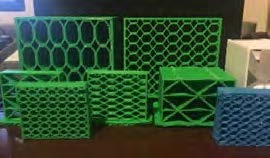
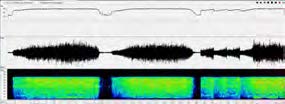


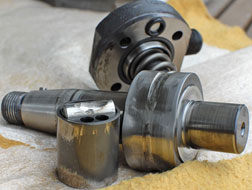
Faculty Research on UAS
- UAS propulsion - Samir Aouadi (samir.aouadi@unt.edu), Diana Berman, Andrey Voevodin
- UAS propulsion: tribology of low viscosity fuels - Diana Berman (diana.berman@unt.edu), Samir Aouadi, Andrey Voevodin
- UAS modeling and simulations - Hamid Sadat (hamid.sadat@unt.edu)
- UAS design optimization and precision manufacturing - Hector R. Siller (hector.siller@unt.edu)
- Open networked airborne computing platform - Shengli Fu (Shengli.Fu@unt.edu)
- Aerial communications and networks - Kamesh Namuduri (Kamesh.Namuduri@unt.du)
- UAS acoustic measurement, characterization, and signal processing - Xinrong Li (Xinrong.Li@unt.edu)
- Self-powered sensor, antenna design on flexible substrate and on-chip - Ifana Mahbub (Ifana.Mahbub@unt.edu)
- UAS light-weight power-efficient circuit design - Gayatri Mehta (gayatri.mehta@unt.edu)
- Wireless SAW strain and pressure sensor for drone blade - Haifeng Zhang (haifeng.zhang@unt.edu)
- UAS manufacturing and materials development - Diana Berman (diana.berman@unt.edu)
- Deep Learning based Cooperative Perception System for UAVs - Qing Yang (qing.yang@unt.edu)
UAS Internal Combustion Engine Propulsion
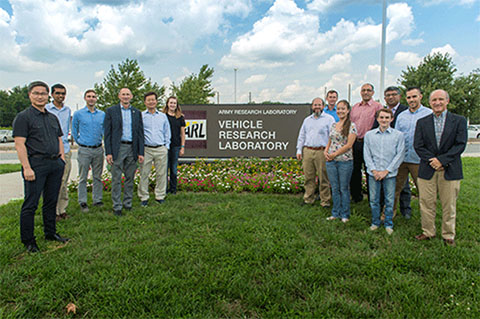
UNT is a member of Center for Unmanned Aircraft System Propulsion (CUP) of ARL.
ARL-UNT Cooperative Agreement is supporting ARL/VTD ERP “Versatile Tactical Power and Propulsion” (VICTOR) led by Dr. Mike Kweon.
Endurance
Multi-fuel
Reliability
Efficiency
Multi-fuel
Reliability
Efficiency
-->
Light weight
Wear resistance
Low friction
Thermo-cycling &
T-shock resiliency
Stable ignition
Wear resistance
Low friction
Thermo-cycling &
T-shock resiliency
Stable ignition
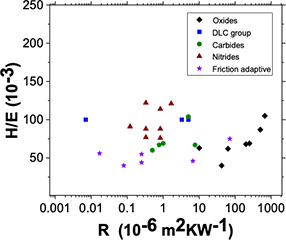

Propulsion - Low Viscosity Fuel
Design of scuffing evaluation method
| Property | Modification |
| Purpose | Material Evaluation |
| Substrate Material | Hard 52100 Steel, Fe2B, WC-17Co, Co-Cr-Mo, WC-10Cr-4Co |
| Grinding | Perpendicular |
| Temperature | 40 ºC |
| Counter Body | Al2O3 |
| Contact Load | 0.14 N - 4.0 N, 1.0 N - 18.0 N |
| Stroke Length | 5 mm |
| Frequency | 25 Hz |
| Lubrication | F-24, Ethanol |
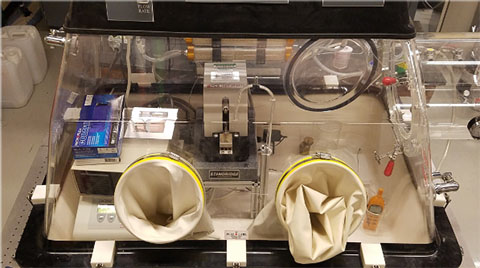
A method for a tribological experiment mimicking operation of fuel pump components in extreme low-viscosity fuels was designed.
The method uses High-Frequency Reciprocating Rig (HFRR) to improve repeatability and mirror application conditions of the CP3 fuel pump.

Wear of engin components
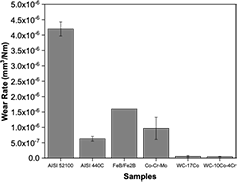
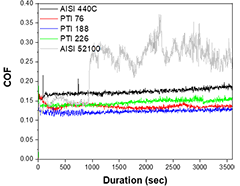
Propulsion - Cylinder Liners
Goal: Develop light weight cylinder liners that provide high wear and thermal resistance, low friction, and that are stable and resilient to ignition cycling
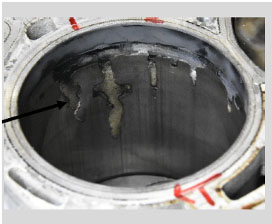
Example of cylinder liner wear
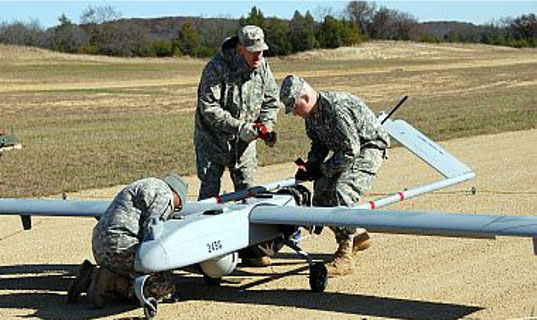
Extending reliability and multifuel capability of UAS engines
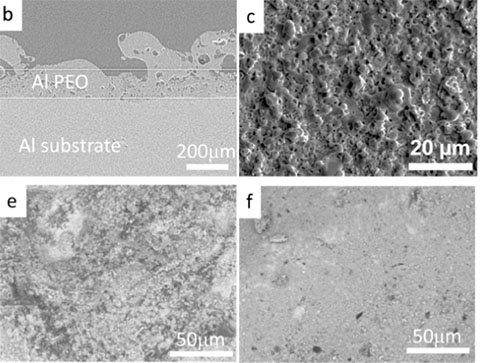
Design of composite PEO-Chameleon coatings for expanded range of temperature and environment conditions
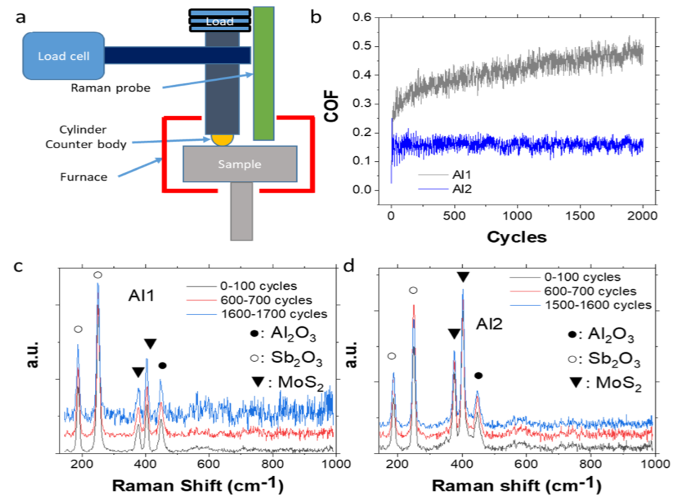
Tribological testing with in situ Raman capability of UAS engine components
Development and Exploration of Technology for UAS
College of Engineering senior design projects sponsored by Army Research Lab
September 2019 - May 2020
Three Multidisciplinary Senior Design Teams
- Thirty senior year students from four engineering programs, including electrical engineering, engineering technology, materials science and engineering, and mechanical and energy engineering departments
- Ten faculty advisors from four engineering programs
- Five research scientists as project team mentors from Vehicular Technology Directorate, Army Research Laboratory
Three Interdisciplinary Senior Design Projects
Project 1: Adjustable rotor blade pitch for UAS operations
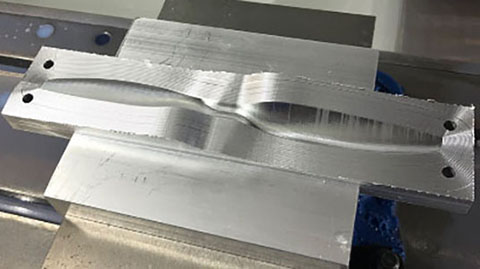

Manufacturing blades using mold and 3D printing
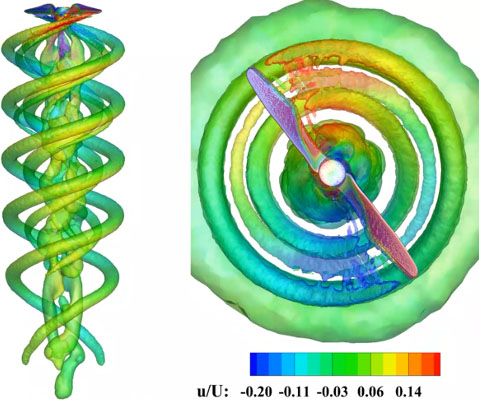
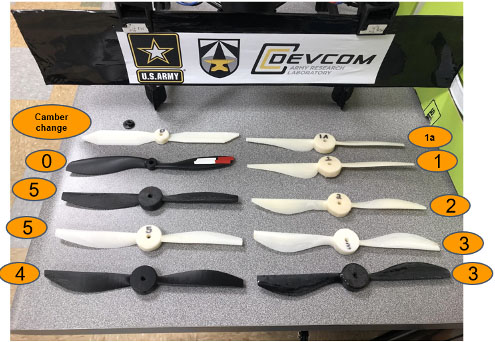
Designing various blades using simulations
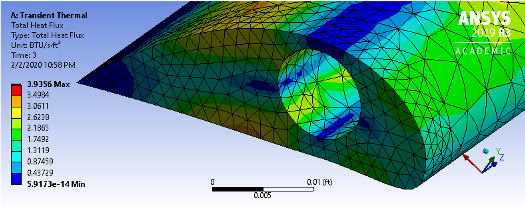
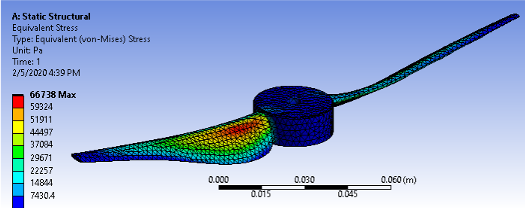
Modeling of the structural behavior of the designed blades
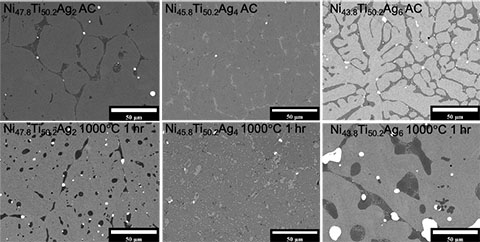
Pitch adjustment based on NiTiAg Shape Memory Alloy (SMA) transition

Processing of different SMA compositions to enable RT transition
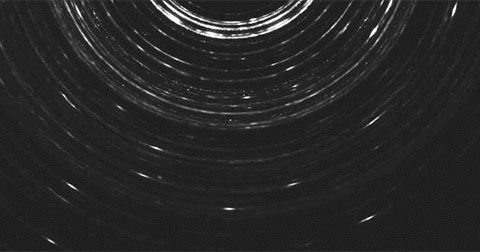
SMA must provide enough stiffness to be a structural element. The designed SMA shows high crystallinity
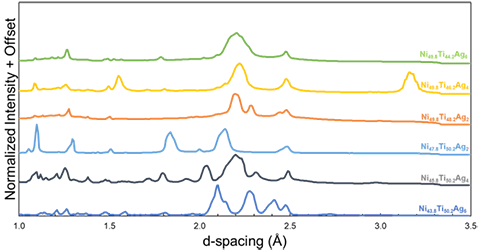
XRD analysis to reveal the most promising material composition for the pitch angle adjustment upon heating
Project 2: Versatile platform for measuring aerodynamics and aeroacoustics characteristics of UAS
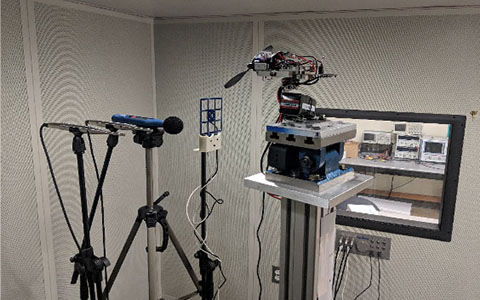
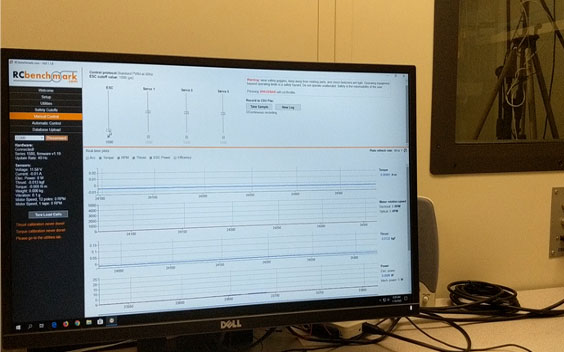
In-chamber test platform for aeroacoustics and aerodynamics measurements
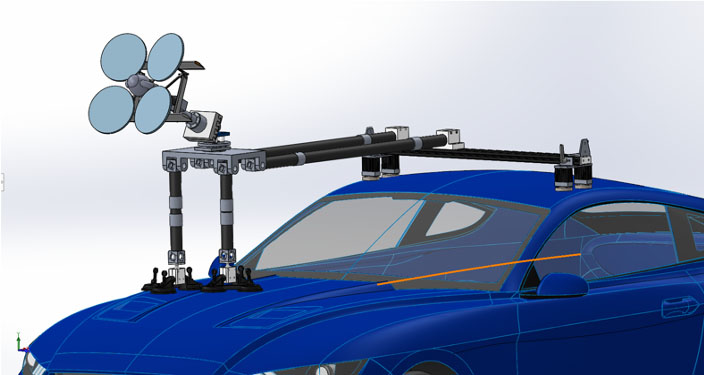
Car-top test platform for aeroacoustics and aerodynamics measurements
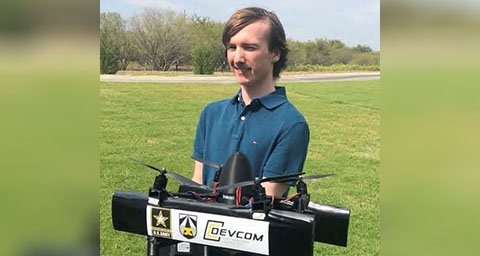
EE student Webster Brown with CR3 prototype manufactured at UNT
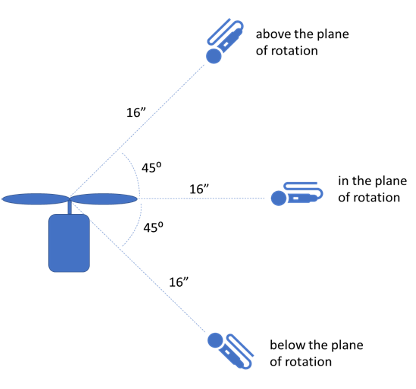

Aeroacoustics noise measurement and analysis
Project 3: Mechanical design-power-embedded sensing of shape morphing UAS Wings
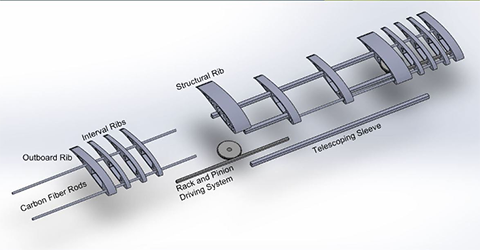
UAS Morphing Wing Prototype Design

Aspect ratio influence on lift and speed performance
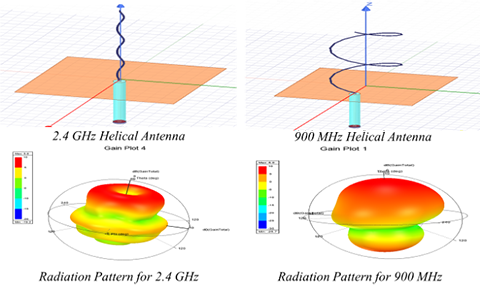
Reconfigurable Embedded Antenna Design for UAS Communications
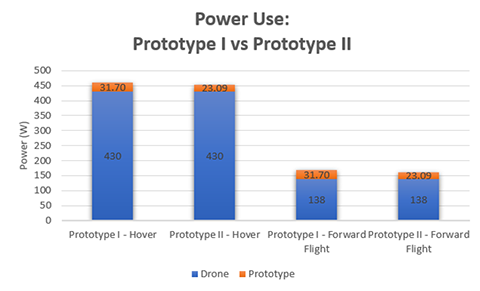
Power consumption for quadrotor and morph wing control circuit
Engagement in UAS Centers and Professional Organizations
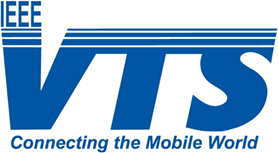 IEEE Vehicular Technology Society
IEEE Vehicular Technology Society
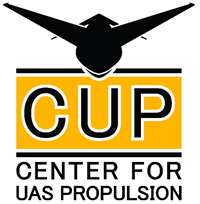 ARL Center for UAS Propulsion
ARL Center for UAS Propulsion